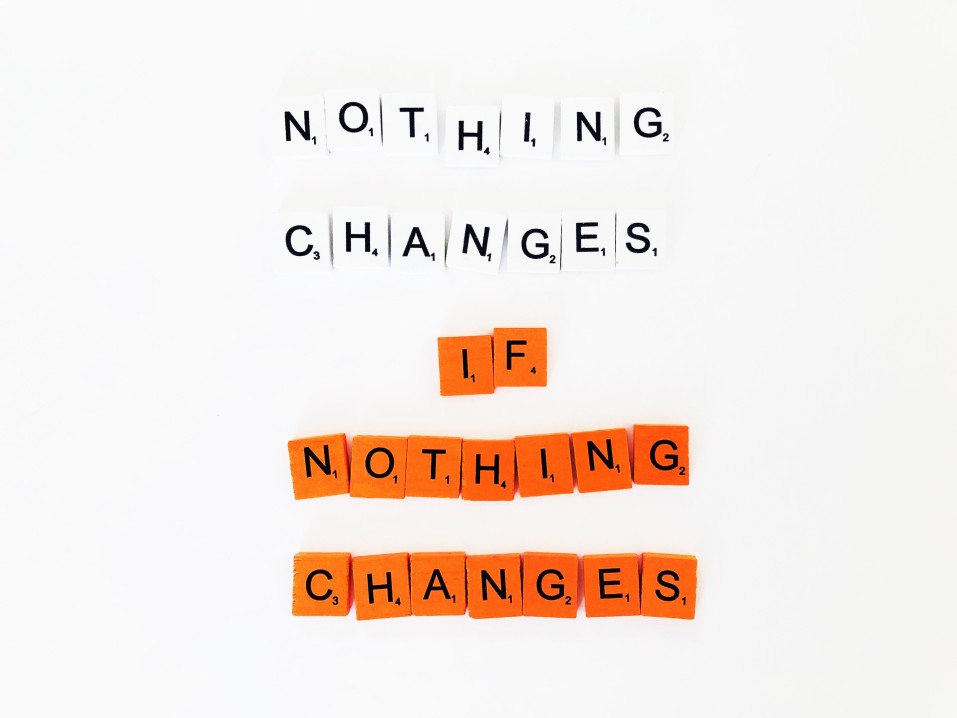
Barriers To Efficient Learning
I’m really occupied with how we can become smarter learners in our organizations and at the workplace. And I’m sure I’m not the only one curious about what happens in this field, which seems to be more important than ever in our complex organizations with fast pacing changes. To keep updated I check out the yearly studies of the learning progress and struggles in L&D published by “Towards Maturity”*.
While we are facing accelerated speed in our business transformations, it becomes increasingly tough to keep up with the same learning pace in our workforce. 'The Towards Maturity 2019 study' (with status from 700 companies) shows that many learning leaders and the L&D profession are struggling to keep up with implementing the learning requirements needed in order for us to perform the best in our fast-changing environments.
The 2019 study has identified 3 main barriers to reaching this high-performance learning organization, which we need to be aware of when working with our training strategies out there in the organizations:
- Digital disruption
- Culture resistance
- L&D capability
The good question is, how we get to work with just the right training to perform efficiently out there in the ever-changing environment of digital disruption, struggles with cultural resistance, and with very high, perhaps unrealistic, demands on our learning strategies and capabilities in the L&D departments?
The Role of Technology
The ‘Towards Maturity’ analysis points out that technology plays a core role in the learning transformation journey:
“Digital tools, when used appropriately, are critical for developing a high-performing learning culture.”**
However, despite the increasing digital disruption, digital learning tools are not increasingly prioritized. Within the last three years – the budgets allocated to learning technologies have remained static (18% on average in 2018 – and 19% in 2015) – this despite the fact that expectations of 7 out of 10 learning leaders and L&D departments over the last five years have predicted that the proportion of their learning budget allocated to technology will increase year on year.
Interestingly, the tendency is that we expect more of the learning technologies that we acquire. Basically, we want more volume and efficiency at a lower cost. This, of course, gives heightened demands on the quality of the learning technologies. But what has shown just as important is HOW the learning technologies are rolled out and implemented in our workplace.
Training Environment
So, what I see is that we need to put more emphasis on the social domain and involve people in their own learning. And according to the Towards Maturity research, the successful learning leaders and L&D’s are shifting the focus from being producers to being enablers of learning and organizational change. Basically, the finest role of the L&D’s is to empower others and give ownership of the learning to individuals, managers and teams in the workplace.
A feature of the best performing learning organizations, who are well ahead in their transformation journey, is, in fact, an increase in the investment in technology. Thus, acquiring a digital learning tool is not the answer to success. An over-reliance on the tools’ ability to deliver results without a well-planned implementation strategy is a common pitfall.
Really, a great part of the success of the learning technology lies in the organization’s ability to implement the tools in the workplace. And ultimately, what this tells me as a provider of learning games for businesses is that we really need to secure that we are handing over our learning tools to our users in a way that enables them to roll out the technology, facilitate the training, create valuable social interactions, and make the most of the learning.
Please, share your thoughts with me on this. And inspire me with your ideas on how we can improve on both sides of the table.
References
*Towards Maturity CIC, 2017 London
*Towards Maturity CIC, 2019 London
**P. 15 in: Towards Maturity CIC, 2019 London
P.s. If you've read this, then you'll probably like this: 'Stop Putting All Your Learning Eggs in the Online Basket'
Photo credits: Allianz Arena, Munich by Johannes Plenio, stocksnap.io
